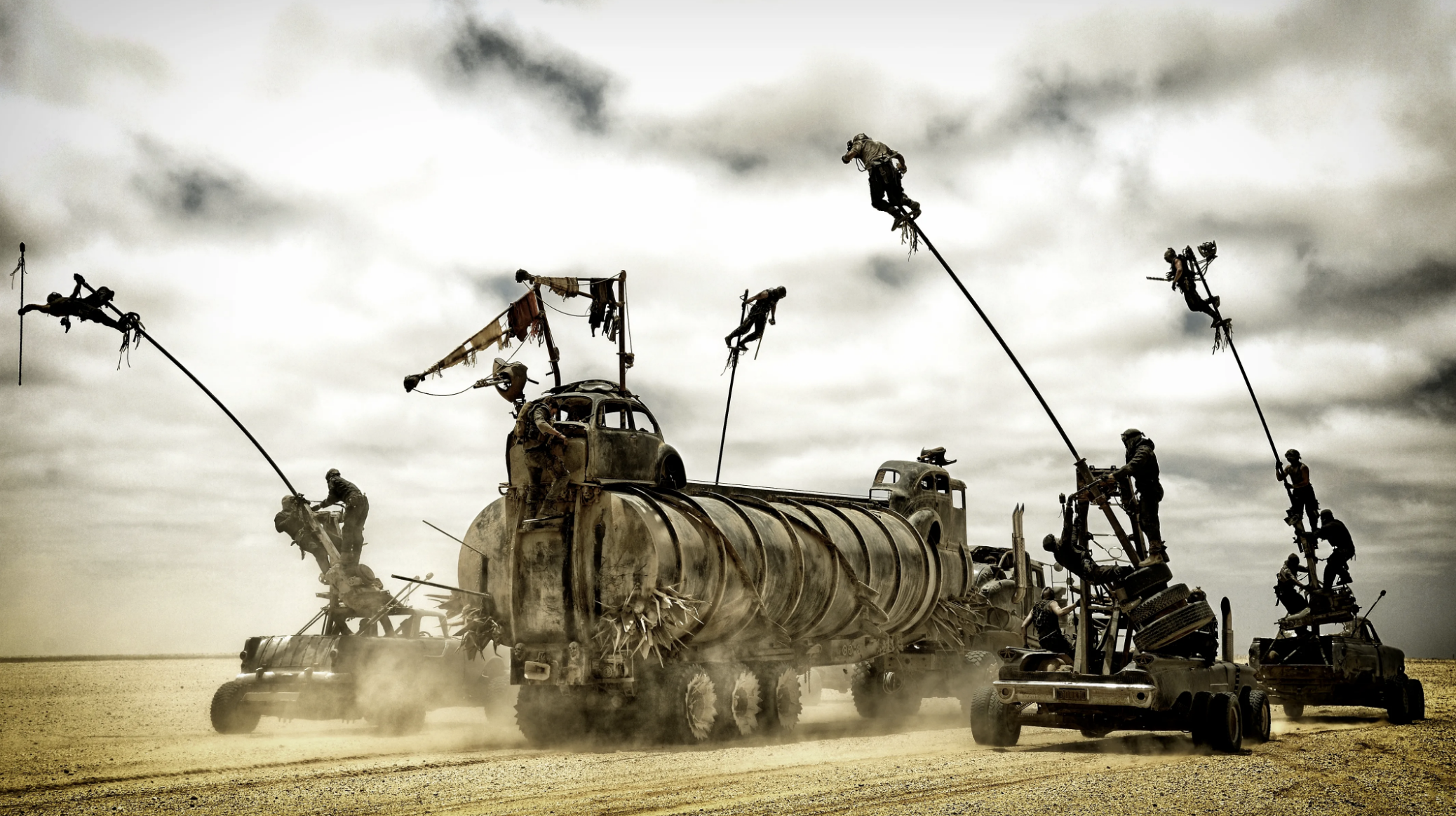Prepare for a wild ride as we dive into the exhilarating world of the riskiest movies ever made. These audacious cinematic ventures pushed the boundaries of creativity, defied conventional wisdom, and left audiences with jaws dropped and hearts pounding. Buckle up because we’re about to embark on a thrilling journey through movie history!
“Apocalypse Now” (1979): Francis Ford Coppola’s Vietnam War epic, famously known for its troubled production, proved to be a mammoth undertaking. The filming in the Philippines faced catastrophic setbacks, including severe weather conditions, a typhoon that destroyed sets, and lead actor Martin Sheen’s heart attack. The production went way over budget and behind schedule, but the end result was a groundbreaking masterpiece.

“Fitzcarraldo” (1982): Werner Herzog’s obsession with realism reached its zenith with this film, which tells the tale of a man who endeavors to drag a steamship over a mountain in the Amazon rainforest. Herzog, never one to shy away from danger, actually hauled a 320-ton steamship over a hill for real without using special effects. Talk about commitment!

“Mad Max: Fury Road” (2015): Director George Miller took the term “action-packed” to a whole new level with this adrenaline-fueled post-apocalyptic extravaganza. The film’s risky stunts, including high-speed car chases and explosive pyrotechnics, were executed with minimal CGI. Charlize Theron and Tom Hardy endured grueling conditions while filming in the deserts of Namibia, with temperatures soaring to over 120°F (49°C). Who needs air conditioning when you have Fury Road?

“Gravity” (2013): Director Alfonso Cuarón created a visually stunning masterpiece that left audiences breathless. Sandra Bullock and George Clooney floated through space in this gripping survival tale, but behind the scenes, the risks were just as high. The film required groundbreaking technological advancements to simulate weightlessness, with the actors spending hours in harnesses and isolation tanks. A small price to pay for an Oscar-winning experience!

“The Revenant” (2015): When it comes to risky filmmaking, Alejandro González Iñárritu’s epic wilderness survival saga takes the cake. Starring Leonardo DiCaprio, the film immersed the audience in the harsh realities of the 19th-century American frontier. The crew braved freezing temperatures in remote locations, battling snowstorms, and even eating raw bison liver (yes, you read that right!). DiCaprio’s commitment paid off, as he finally snagged his well-deserved Academy Award.

“Jaws” (1975): Before “Jaws,” sharks were seen as mere creatures of the sea. Director Steven Spielberg changed that perception forever with this iconic thriller. However, the production encountered numerous obstacles, including a mechanical shark that malfunctioned frequently. As a result, Spielberg had to get creative, using suspenseful music and strategic camera angles to generate fear. The risk paid off, and “Jaws” became the blueprint for all future summer blockbusters.

“The Matrix” (1999): The Wachowski siblings’ mind-bending sci-fi extravaganza revolutionized visual effects and challenged the boundaries of storytelling. The iconic “bullet time” sequence, where the action appears to freeze while the camera moves around, required a groundbreaking approach. The production utilized an array of cameras, including a specially designed “bullet time” rig, to capture the stunning visual effect. Who knew dodging bullets could be so complicated?

“127 Hours” (2010): Director Danny Boyle took on the incredible true story of Aron Ralston, who had to amputate his own arm to survive being trapped under a boulder. The film’s intense portrayal of Ralston’s ordeal demanded a delicate balance between realism and viewer discomfort. Boyle’s bold storytelling approach captivated audiences and showcased the inherent risks of extreme filmmaking.

These movies captivated audiences with their captivating narratives and left a lasting impact on the industry. They dared to challenge the norm, pushed the limits of what could be achieved on screen, and ultimately shaped the future of filmmaking. That said, what did we miss?
